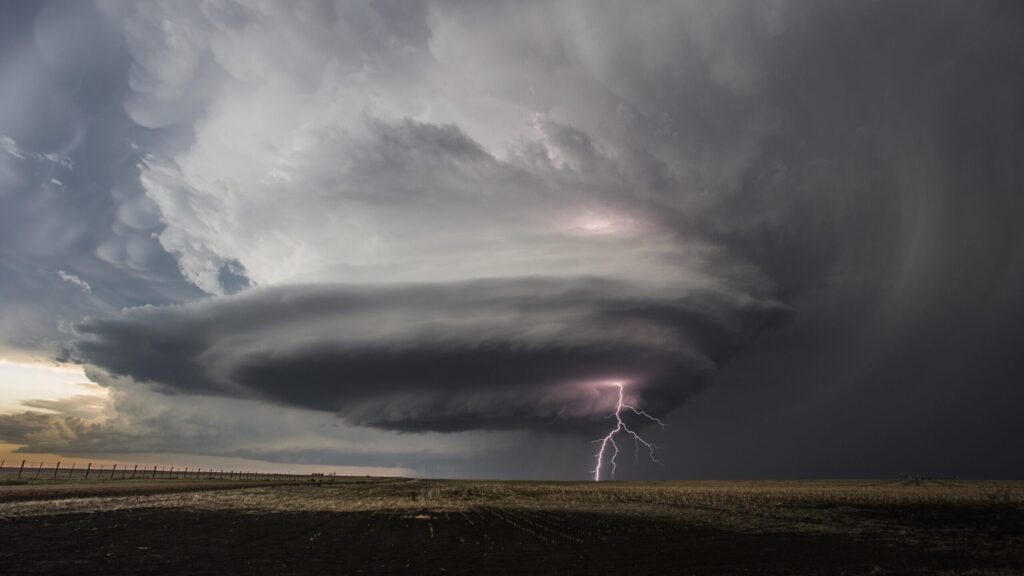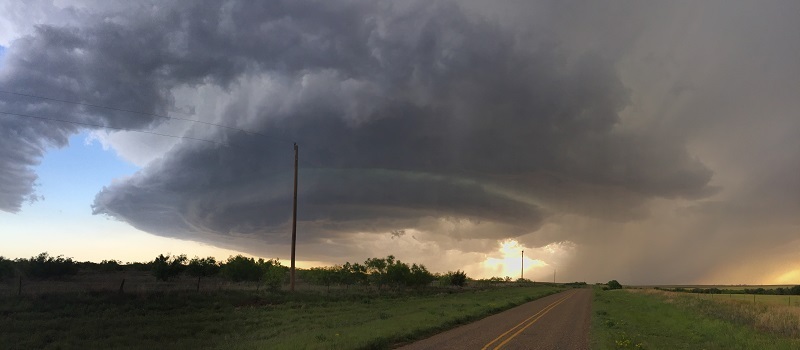A Brief Guide To Weather Forecasts

Weather forecasts are invaluable tools for providing insight into upcoming weather conditions. They provide information on temperature, precipitation, wind speed, direction, humidity, cloud cover, and more, helping us to plan for outdoor activities and take precautions during extreme weather events. Forecasts are available from a variety of sources such as the National Weather Service (NWS), local meteorologists, and online sources.
Weather forecasts are usually presented in various formats such as textual descriptions, weather maps, and graphics. It is important to be aware of certain factors when interpreting these forecasts such as regional variations, weather phenomena, and model accuracy. These can all affect forecast reliability so understanding how to interpret a forecast properly is essential to make better decisions and staying safe during extreme weather events.
DIFFERENT TYPES OF FORECASTS:
Weather forecasts come in many shapes and sizes, and can be classified according to their accuracy.
- Short-term forecasts are the most common type of weather forecast, providing predictions for the next few hours up to a day or two. These forecasts will typically cover temperature, precipitation, wind speed and direction, and other meteorological data.
- Extended-range forecasts are longer-term predictions that span up to a week or two into the future. These types of forecasts take into account more variables than short-term forecasts and thus provide greater accuracy over extended timeframes. They are useful for long-term planning purposes such as scheduling outdoor events or planning vacations.

- Seasonal forecasts provide information on longer-term trends in the atmosphere over several months. They rely on climate models which can predict temperatures, precipitation, sea surface temperatures, air pressure systems, and other climate variables with a higher degree of accuracy than short-term or extended-range forecasts. Additionally, seasonal forecasting is important because it helps us prepare for extreme weather events such as hurricanes or droughts which may have an impact on our lives months in advance.
Moreover, the most accurate type of forecast is based on high-resolution numerical weather prediction (NWP) models which use complex algorithms to simulate atmospheric processes at incredibly fine scales of detail. NWP models require large amounts of data from both ground-based observations and satellite imagery which is processed through powerful computers to generate detailed simulations with an extremely high degree of accuracy often within the one-kilometer resolution making them invaluable tools for meteorologists worldwide.
Further, different agencies also provide specialized services that come in handy during extreme weather events like storm surge maps that provide detailed information on potential flooding levels, fire risk assessment maps that show high wildfire potential, heat index maps that identify unsafe heat levels, and lightning probability maps that predict thunderstorm activity in an area. By taking advantage of these extra resources from the NWS people can be better prepared for any type of bad weather they might encounter.

Moreover, some regions may experience different temperatures or levels of precipitation than expected due to geographical differences or influences from nearby bodies of water. Weather phenomena like El Niño can also cause unexpected changes in temperature or rainfall across several regions at once. And also, it’s important to consider the accuracy of different models used by forecasters since they may not always be reliable due to errors in data collection or processing.
Additionally, to remain informed about the weather without relying solely on forecasts from one source, it helps to consult multiple sources from both traditional outlets like television news affiliates or newspapers as well as online services like Accuweather or The Weather Channel app on your smartphone. This will help you get a better overall picture of what’s happening with the weather now and what might happen soon.
Staying informed about the weather has its advantages, it allows you to plan for outdoor activities more effectively while also taking necessary precautions during extreme weather events that could potentially put your safety at risk if you’re unprepared for them. With this information in hand, you can make better decisions while staying safe during extreme weather events.
In conclusion, weather forecasts are essential tools for providing warnings of potential weather hazards and helping people make informed decisions about their daily activities. While the weather forecast is not always accurate, it has improved significantly over the years with the use of advanced technology and better data analysis techniques.


























































































































































































































































































































































































































































































































































































































































![Fixing [pii_email_aa0fea1a78a192ae7d0f] Microsoft Outlook Error](https://www.huffenpost.com/wp-content/uploads/2023/03/What-Causes-the.jpg)
![Fixing [pii_email_aa0fea1a78a192ae7d0f] Microsoft Outlook Error](https://www.huffenpost.com/wp-content/uploads/2023/03/How-to-fix-the-1-1024x1024.webp)
![Quick fixes for the [pii_email_dbd9dd084703ead3b9cf] Mail Error](https://www.huffenpost.com/wp-content/uploads/2023/03/How-to-Avoid-pii_email_b6b14f95f44a83737071-Outlook-Error-1024x576.jpg)
![How to fix the [pii_email_bbf95bff57a974a71da8] in Microsoft Outlook?](https://www.huffenpost.com/wp-content/uploads/2023/03/How-To-Solve-The-pii_email_9e750e335dfd9d75badb-Outlook-Error.webp)
![How to solve the [pii_email_b6b14f95f44a83737071] Outlook Error](https://www.huffenpost.com/wp-content/uploads/2023/03/How-to-Avoid-pii_email_b6b14f95f44a83737071-Outlook-Error.png)
![Ways to fix the "[pii_email_1fb861393abed78ab415] Error](https://www.huffenpost.com/wp-content/uploads/2023/03/pii_pn_56e685559f213991c933-Error-Causes-and-Solutions2.jpg)
![How to Fix the [pii_email_e2f55b4aa7bb667da6d9] Error](https://www.huffenpost.com/wp-content/uploads/2023/03/How-to-fix-the.webp)
![What Everyone Should Know About [pii_email_59ea919492dfc2762030]](https://www.huffenpost.com/wp-content/uploads/2023/03/pii_email_aa0fea1a78a192ae7d0f-Email-Error-and-Its-Solutions-1024x683.jpg)
![How to Fix the [pii_pn_5359771d15a46e7b88bf] Outlook Email Error](https://www.huffenpost.com/wp-content/uploads/2023/03/pii_email_57a4a2f20ec6813a8481-SMTP-Error-Solution-2.jpg)


























































































